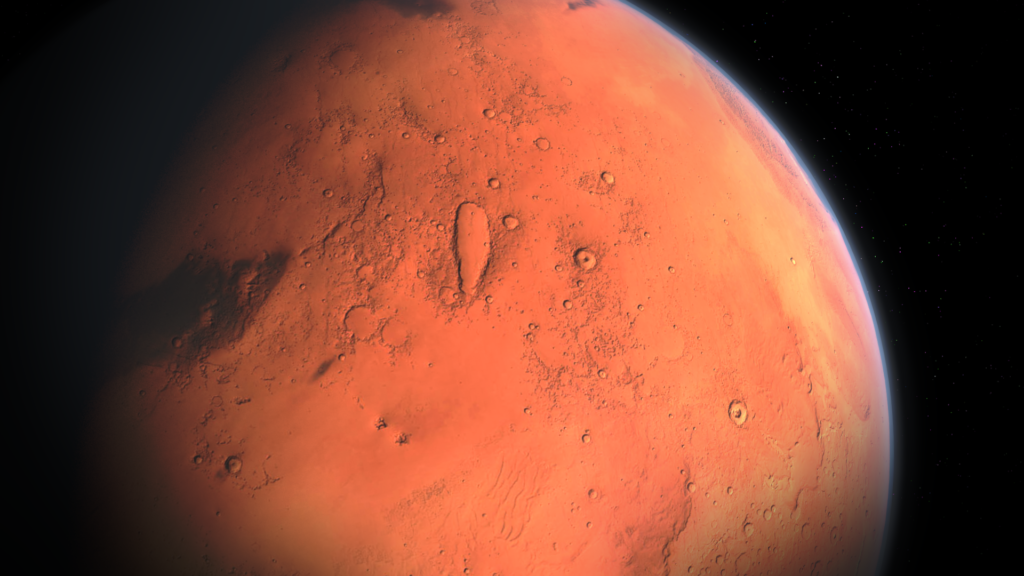On 26th March 2018, NASA landed its InSight rover on the surface of Mars and began what would become a years long mission.
Sadly, after all this time, InSight is losing power and NASA anticipates that the rover could meet its end of life by December. While this is sad, the rover has helped scientists uncover more about our planetary neighbour.
During it’s time on Mars it has detected some 1 300 marsquakes and helped gain insight into the crust, mantle and core of Mars. One of the more important discoveries made with the help of InSight was the discovery that the Martian core may be molten.
The fact that InSight has survived this long is a bonus for NASA which designed the rover to accomplish its goals in a year.
To give some context, when it landed in 2018, the two 2.2m wide solar panels generated 5 000 watt-hours of power per Martian sol. Now, those same panels only generate 500 watt-hours of power per sol, enough to power an electric oven for 10 minutes.
“We’ve been hoping for a dust cleaning like we saw happen several times to the Spirit and Opportunity rovers,” says InSight’s principal investigator at the NASA Jet Propulsion Laboratory in Southern California, Bruce Banerdt. “That’s still possible, but energy is low enough that our focus is making the most of the science we can still collect.”
NASA says that if even just 25 percent of InSight’s solar panels are swept clean by wind, it will be able to continue science operations but as it stands, InSight’s non-seismic instruments will rarely be turned on after the end of this month. The rover’s seismometer will be turned on at specific times of the day such as at night when winds are low and less likely to interfere with the instrument.
Barring any massive windstorms that help clean the rover, it looks like InSight could stop communicating with Earth by the end of this year.
With that having been said, we’re secretly hoping InSight rallies and continues on its extended mission like Opportunity did.

